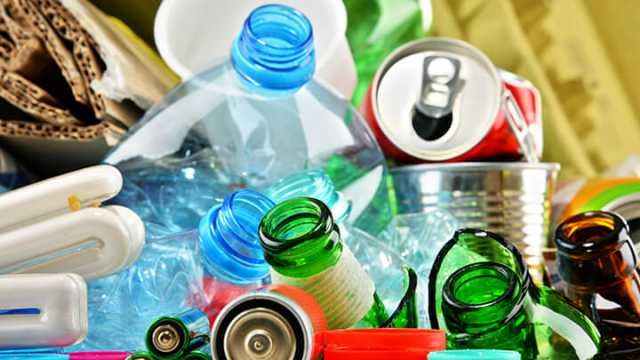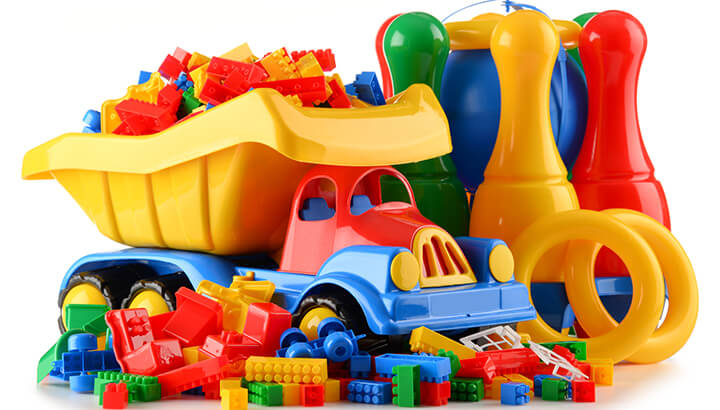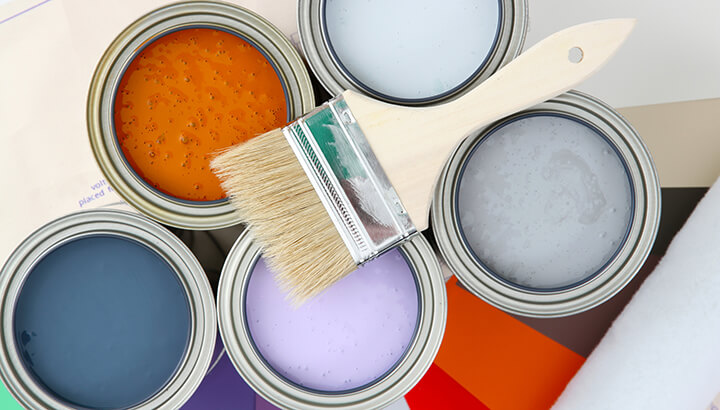
If you aren’t paying attention to how you recycle, there is a good chance that many of your items are destined straight for a landfill.
The problem is that there is no system in place to correct people who are recycling irresponsibly. Someone could load up their blue bin with unrecyclable material and it will be taken away, leaving them to believe they did everything correctly. Nobody from the local recycling center will come by and explain that many of the items went to a landfill. In some cases, entire blue bins are deemed trash and thrown away. The following tips can help keep this from happening to you:
Check your curbside program’s website
By far the most important step for anyone wishing to recycle responsibly is to go to your region’s recycling website. While there are some general rules that all sorting facilities follow, you should always be sure to know the specifics in your area. Here are some common mistakes:
Recycling plastic bags
Plastic bags seem like they should be able to go in your blue bin. They are made of plastic, after all, and that is recyclable. Unfortunately, plastic bags are made from very thin plastic. The physical structure of the bags causes them to get stuck in sorting equipment. They are considered a hazard for sorting facilities. They are tossed in the trash whenever they show up.
Even worse, if you are one of the many who wrap up their recyclables in a plastic bag and then put them in the blue bin, you have sent every single item to a landfill. Workers at sorting facilities will not open the bags for health and safety reasons, so the bags are tossed in the trash.
While curbside recycling programs rarely accept plastic bags, many grocery stores will. If you end up with a stockpile of plastic bags around the house, just bring them with you next time you are at the store. Look for a drop box or take them to customer service. The website PlasticFilmRecycling.org lists drop-off locations by region as well.
Other plastic items

Large plastic items, particularly ones that contain numerous materials, are often not accepted through curbside recycling. Items such as plastic laundry bins and lawn chairs are starting to become accepted at some advanced recycling centers, but you will have to search for the one closest to you. You will most likely have to bring the items there yourself.
Plastic children’s toys are also not accepted through most curbside programs either. Separating all the different materials is currently too difficult. The best way to get rid of children’s toys is to donate them to charity, sell them or re-discover your inner child and play with them yourself. If you decide to donate toys, a list of drop-off locations for the Toys For Tots program can be found here.
Broken glass
Not all glass is equal — and not all can be recycled. Placing broken glass in your blue bin might cause your entire bin to be deemed trash and tossed in a landfill. Broken glass can injure workers at sorting facilities. As such, it is not accepted.
Finding a way to recycle broken glass can be a bit of a challenge. Although broken glass can be turned into fiberglass or tile, the risk of injury to workers makes it very difficult to recycle. Your best bet is to call around to different sorting facilities to see if any of them have a broken glass program. Otherwise, that glass is probably going into a landfill.
Other glass
There is a misconception that all glass can go into your curbside recycling bin. Glass that comes from mirrors, windows or drinking glasses are treated with different chemicals and have a different melting temperature than other types of glass. As such, most curbside recycling programs will not accept it.
Mirrors are particularly difficult to recycle — perhaps they’d be better suited to being re-purposed in some way. Drinking glasses are best re-purposed as well. If they break, it will be very difficult to keep them out of a landfill.
Glass jars and bottles are recyclable, but you should ensure the jar is empty and no food remains. Food, liquids, bodily fluids and similar substances are considered contaminants. If they cover other items in your bin, your whole load will get sent to the landfill. You do not need to wash glass jars or bottles, just make sure they are empty.
Electronics
Your electronic doohickies all have valuable and recyclable materials contained within them. Before you recycle old electronics, however, consider selling them first. If you are not able to sell your old devices, take them to any number of facilities that will accept them. Depending on where you live, there may even be services that come to your door to pick up your old electronic devices.
Paint

First, consider buying recycled paint, which can often be done right from your local hazardous waste center. If you’d rather buy paint, choose brand names such as EcoCoat Paint or Loop Paint. Rona also offers paint that has been recycled.
When it comes time to recycle your own paint, know that oil-based paints are non-recyclable and latex paints are. For oil-based paints, your best bet is to take them to your local hazardous waste drop-off center. This kind of paint can be particularly harmful to the environment. In most places, it is illegal to dump it in a landfill.
For latex paint, in many regions, all you have to do is leave the top off the can and let the paint harden completely, then throw that sucker in your blue bin. You’ll want to check with your local facilities first to see if they do recycle it. If not, there are numerous places listed here that will accept recycled latex paint.
Coffee cups
Coffee cups seem like they should be recyclable, but most of them aren’t. The confusion comes from the cups being made from paper. What prevents them from being recyclable is the same thing that keeps them from getting soggy when liquid is poured in. Most disposable coffee cups have a thin layer of wax coating the inside, which makes things very difficult at sorting stations. Few recycling centers accept disposable coffee cups, but it is always best to visit your region’s website to find out for sure.
Starbucks has been talking about coming out with recyclable coffee cups for years, however, it still has yet to come to pass. There are some coffee cups out there that can be composted, but their availability is sparse in comparison. Purchasing a reusable coffee cup is an excellent way to avoid this problem altogether.
Reduce your overall waste
As mentioned, once your blue bin has been picked up, you will never hear about any mistakes you may have made. By following the guidelines on your region’s website, and by remembering the tips above, you can be confident that the items in your bin will be recycled.
However, it’s important to remember that recycling is only beneficial in the sense that it prevents materials from sitting in landfills and leaching harmful chemicals into the environment. The true metric by which to measure your recycling success is not by how much you recycle — it is how much waste you reduce.
Your first step in this endeavor, if you don’t do this already, is to closely monitor how much waste you’re throwing out. Once you have your household’s baseline waste production, seek to change it by reducing consumption, recycling and upcycling.
— Ian Carey

